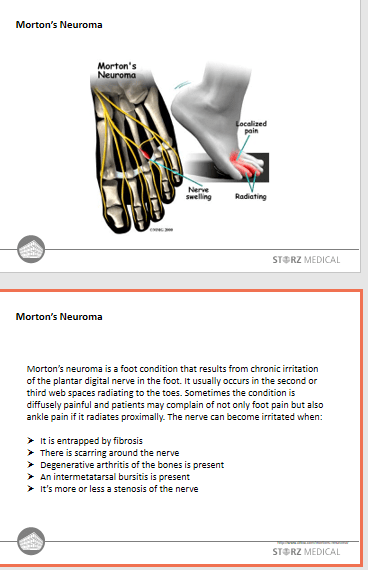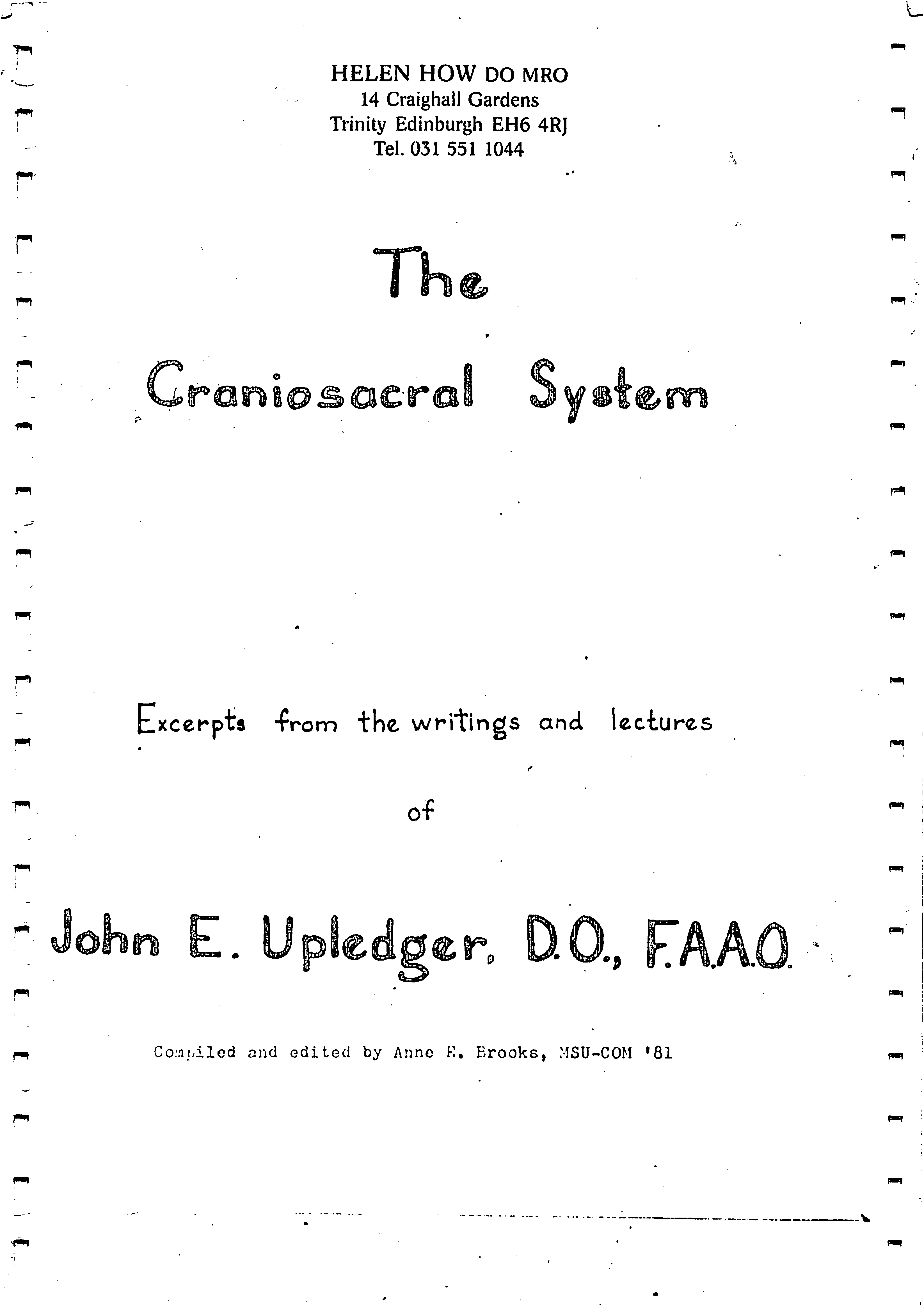[vc_row][vc_column][vc_column_text]
As an Osteopath who has had 3 children and has worked with Pregnancy, babies and children now for over 30 years I was interested to hear that on 3rd October 2011 the state-of-the-art Birth Centre at the New Royal Edinburgh Infirmary opened. The Birthing Centre has six delivery rooms all with en-suite facilities. Each Room is bright, spacious modern designed rooms with a birthing pool and equipment to enable you to have the most comfortable birth experience complete with mats, pillows and birthing balls. I have heard wonderful feedback already which is most welcome
[/vc_column_text][/vc_column][/vc_row][vc_row][vc_column][vc_column_text]
Brief Background on Helen How – Edinburgh Osteopath
Helen has been a Registered Osteopath for over 30 years now, Trained at the European School of Osteopathy and graduated in 1981 Helen is participating in the Pilot Revalidation Scheme in which patients requested to read current reviews about Osteopaths in Edinburgh. Here is the link to Helen`s reviews on Edinburgh on line
I have found this excellent article written by Core Concepts a team of physiotherapists based in Singapore on the causes of pregnancy aches and pains and have added a few of my own hints and tips gathered from thirty years experience as an osteopath in Edinburgh.
Pregnancy Aches and Pains by Core Concepts
If you are pregnant and feel your back or pelvic pain more often than usual, you are not alone. Studies have shown that more than two-thirds of pregnant women experience back pain and almost one-fifth experience pelvic pain. As pregnancy progresses, the intensity of pain may increase and interfere with your work, daily activities and sleep.
Causes of back and pelvic pain during pregnancy
As your pregnancy advances, your back experiences more strain from three key changes – a shift in your centre of gravity, hormonal changes and abdominal muscles changes.
Centre of Gravity Shift
Your centre of gravity shifts forward due to the growing bump. This accentuates the curvature of the spine and adds stress to the spinal joints, contributing to the tightening of your spinal muscles. The growing bump also adds extra load on joints, and that means more work for the back muscles, which is why your back pain may worsen as the day progresses as they tire.
Hormonal Changes
Relaxin, a hormone produced during pregnancy, acts on ligaments making them suppler. The ligaments that hold the pelvis bones together gradually loosen to prepare you for labour and birth. Unfortunately, this compromises joint stability of the pelvis making you feel less steady and cause pain when you sit for long periods, stand, walk, roll over in bed, get out of a low chair, bend, and lift.
Abdominal Muscles Changes
The expanding size of the uterus stretches the abdominal muscles reducing support for the spine. Diastasis recti, a pregnancy-induced condition, is the separation of the rectus abdominis muscles in the middle, reducing the ability of the abdominal muscles to support the pelvis and spine1.
Common areas of back pain during pregnancy
Expectant mothers most typically experience low back (lumbar pain) and posterior pelvic or sacroiliac back pain.
With low back pain, you feel it across the lower spine, near or at the level of your waist. Prolonged sitting or standing usually makes it worse, so does wearing high heels. It tends to be more intense towards the end of the day.
Posterior pelvic pain is typically felt at or near the 2 dimples at the back of your pelvis (hip). You feel the pain deep inside the buttocks or in the back of your thighs on one or both sides. Activities that aggravate the pain include walking, climbing stairs, resting on one leg, getting in and out of a low chair, rolling over and twisting in bed, and lifting.
What can I do to prevent back pain during pregnancy?
If you have a history of back pain, you are more likely to get it again. You are also prone to back pains if you lead a sedentary lifestyle and have weak back and abdominal muscles with poor Core Stability
One of my best tips is very simple, if you are really struggling use a small walking stick to help you get up and down out of your chair or if you are getting pubic stretching pain – see if you can borrow a pair crutches to help you around the home. It does not matter if any one sees you at this stage because you will have limited the stretching and stressing of the ligaments and low back muscles which is more important than what you might look like!
To prevent recurrence, start on an exercise program to stretch and strengthen muscles that support the back, which include your abdominals. Remember first to get clearance from your doctor before you start any exercise program.
Adopting a good posture in your daily life will do wonders for your back.
For example,
Standing. Stand up straight.
This gets harder to do as pregnancy progresses, but try to keep your chin tucked in, drawing your shoulders back and down with the tummy and bottom tucked in. Expectant women tend to slump their shoulders and arch their backs as their bumps grow, which puts more strain on the spine.
Sitting
Try to avoid prolong sitting and get up take frequent breaks. Support your feet with a footstool can help reduce back pain, and using small pillow to support your lower back helps too.
Lifting
Bend at your knees, keeping your back straight and lift using the strong thigh muscles instead of the small muscles of the back. Do not twist as you are lifting. Get help for heavy objects.
Sleeping
To rest better at night, sleep on your side with one or both knees bent and a pillow between your legs. As your pregnancy advances, use a rolled up towel or small pillow to support your tummy.
Finally yet importantly, pay attention to your body. If you find that a particular activity or exercise aggravates your pain, stop doing it. Ask your osteopath or physiotherapist whenever in doubt!
[/vc_column_text][/vc_column][/vc_row]



